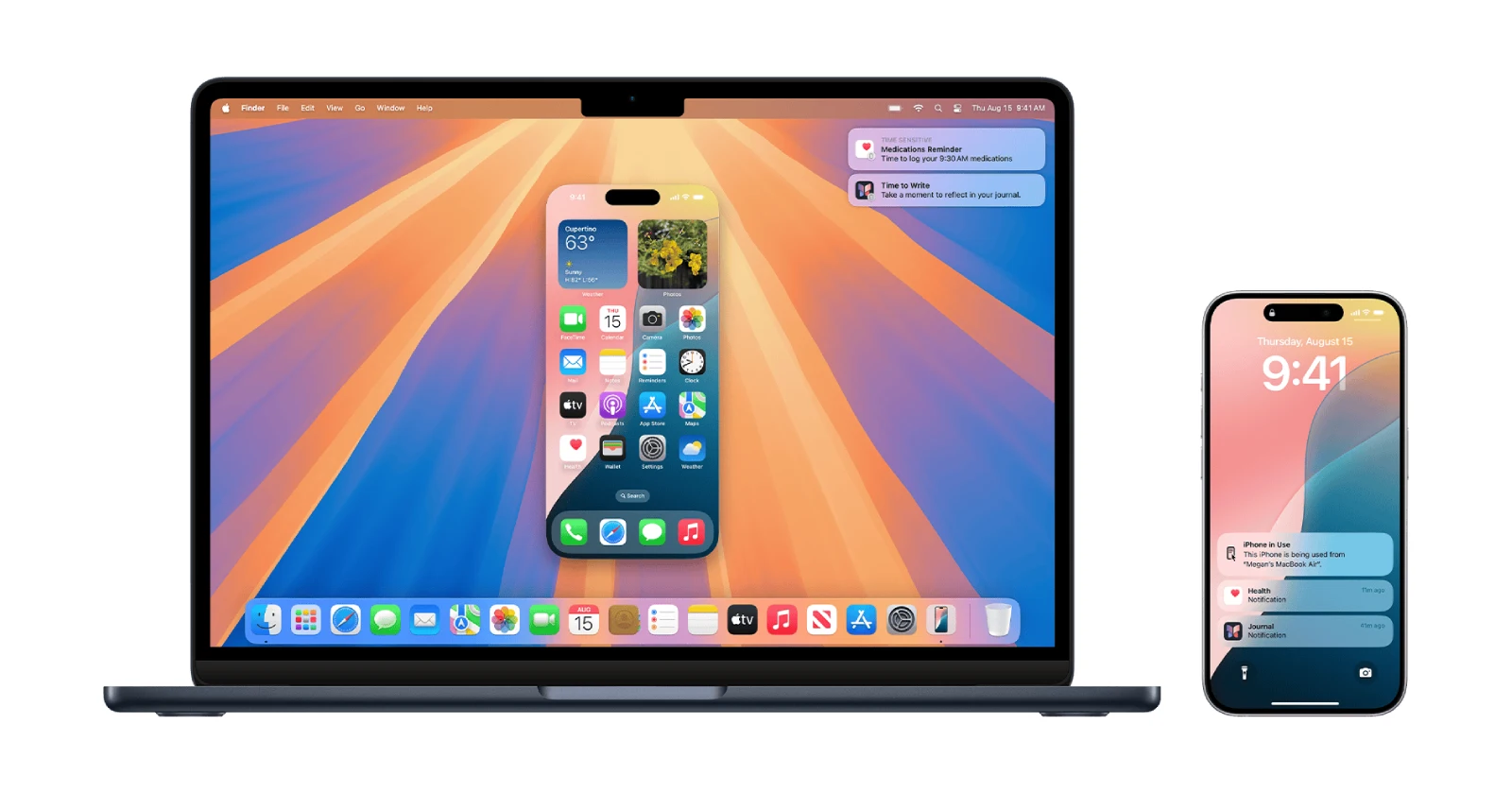MacOS 15 | iPhone mirroring not working!!
byu/Robi_korb inMacOS
The much-anticipated iPhone Mirroring feature, introduced with the latest macOS Sequoia and iOS 18 updates, has left some users frustrated as they encounter connectivity issues. If you’re struggling to get this feature working, don’t worry – you’re not alone. Here’s a video shared on Reddit highlighting the problem:
If you too are dealing with the same problem, I’ve rounded up some effective workarounds that have helped many users resolve their iPhone Mirroring problems. Read along!
First and foremost, the tried-and-true method of restarting your devices often does the trick. Several users reported success after simply powering off their iPhone and turning it back on. In some cases, repeating this process a couple of times finally got the feature working flawlessly. Similarly, restarting your Mac can help refresh the system and clear any temporary glitches that might be preventing the connection.
If a simple restart doesn’t solve the issue, toggling your Bluetooth settings can be surprisingly effective. Try turning Bluetooth off and then on again on both your iPhone and Mac. This quick action can sometimes reset the connection and allow iPhone Mirroring to function properly.
For those still facing difficulties, logging out and back into your Apple ID account on your Mac has proven to be a powerful solution. One user shared their experience with an Apple representative, who suggested creating a new user account on the Mac. While this seemed unnecessary, the process of logging out of the original account and logging back in appeared to force iPhone Mirroring to reload from scratch, successfully establishing the connection.
For more tech-savvy users, a deeper fix has emerged that has proven successful for some. One user reported resolving the issue by deleting the iPhone Mirroring container folder located at ~/Library/Containers/iPhone Mirroring on their Mac. This solution, while more advanced, has been confirmed to work by others experiencing persistent connectivity problems.
It’s worth noting that patience might be key in some situations. Several users reported that after multiple attempts and a short wait (anywhere from 30 minutes to an hour), the feature suddenly started working without any additional intervention. If you’ve tried other methods without success, consider giving it some time before trying again.
For those experiencing frequent disconnections, ensure that your iPhone is in close proximity to your Mac during use. Some users noticed improved stability when keeping their devices near each other. I’ve been beta testing iOS 18 and macOS Sequoia for months and can confirm that placing my iPhone near the Mac usually helps fix connectivity issues.
Lastly, double-check that your devices meet the necessary requirements. iPhone Mirroring requires an iPhone running iOS 18 or later and a Mac with macOS Sequoia or later. Additionally, your Mac must have either an Apple Silicon chip (M1 or later) or a T2 security chip. Both devices need to be signed in to the same Apple ID account and be in close proximity to each other.
If you’ve tried these workarounds and are still experiencing issues, don’t hesitate to reach out to Apple Support for further assistance. As more users adopt this feature, we can expect additional troubleshooting tips and official fixes to emerge. That said, let us know if these potential workarounds did the trick for you.
TechIssuesToday primarily focuses on publishing 'breaking' or 'exclusive' tech news. This means, we are usually the first news website on the whole Internet to highlight the topics we cover daily. So far, our stories have been picked up by many mainstream technology publications like The Verge, Macrumors, Forbes, etc. To know more, head here.


